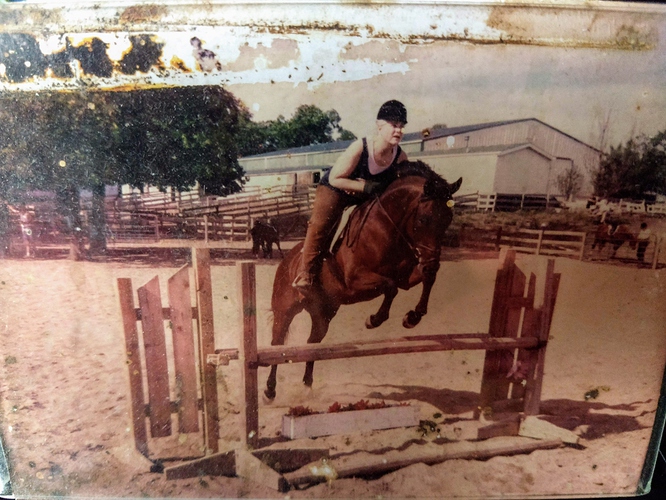How much time they need is dependent on the horse, the horse’s racing history, any past injury, and the care/quality of its connections.
They don’t always need time off, but, racing is physically hard on their bodies. In a short time they learn to carry themselves very tensely because they have small ‘micro-complaints’ from working hard. Being fit is HARD work. Being a race horse is even harder.
I do not treat my OTTBs any differently than any other breed. They are put to work if they are sound. They are given time off if they are lame.
Most TBs love/thrive on routine. If the horse is sound there is no reason to give them time off.
Depending on their age and last race, they might get a little time off if I suspect they are still protecting their bodies/sore. They get groomed daily, they get chiro, teeth done, shoes pulled behind (sometimes up front). They get a new diet, and 24/7 turnout right off of the bat. They are quarantined for 2 weeks and then put in cycling turnout with their future herd members until all are met/acclimated.
For work, if they are sound, they are instantly put out on trails. A little ring work W/T/C twice a week. Depending on how bad their feet are they might have it easy the first few cycles until angles are back.
They spend a few weeks lunging once or twice a week too. I will put surcingle and side reins on them. Just enough that they learn basics of contact. W/T/C, nothing crazy, 20m max.
For riding remember these horses are only green to their new job, not to riding. I spend time doing serpentines and figure eights in the school to work on their rhythm and balance, and hacking out to keep them fit. All TBs off the track know how to W/T/C - it just may be more forward than you like.
Typically for a TB of mine that campaigned consistently, it takes me about 2-3 months to see an improvement in their movement/letting go of racing tension/back soreness. They are ALWAYS back sore off the track. I have never had a TB not have residual back soreness. Some are better than others at hiding it. Usually a few weeks of full turnout fixes it. Sometimes they need rim pads if they have thin soles, which most track-shod horses do. Once you fix the angles they grow sole as well as any other horse, in my experience.
For feed – keep in mind they are used to high volume and high quality food. Feed accordingly. I transition all of mine to alfalfa pellets and Poulin Fibremax. Most transition quite well on 2qt of alfalfa 2 qts of Fibremax, but some need additional calories as they transition. They get full access to hay 24/7 - TBs on the track are typically “free choice” in terms of hay, so don’t be scrimpy.
Got pics, video?




